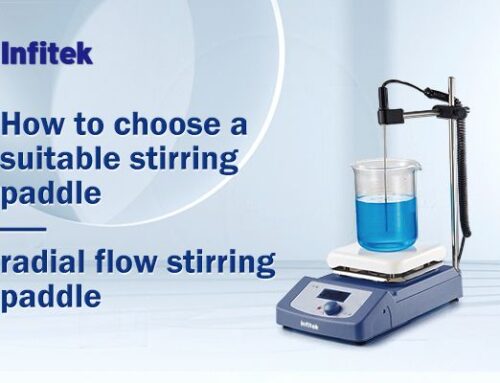Cross-contamination is a major concern for any laboratory and can lead to false and inaccurate results. It is important to have a clear understanding of what the traffic within the laboratory will be like on the day of the relocation itself.
Laboratories can be crowded spaces with workers often sharing assets and facilities and high traffic areas where there is a risk of contamination. While laboratories will already have strict procedures in place to minimise the risk of cross-contamination on a daily basis, these protocols may end up being breached if samples and equipment are being moved to another laboratory or are involved in a relocation.
Planning sample and equipment transfer
When planning to transfer items from one location to another, whether it is part of a long-distance relocation project or a move within the same building, it is important to put a detailed plan together. This plan should include a comprehensive risk assessment and minimising the potential for cross-contamination should be a key priority.
Additional considerations that will need proper planning and risk assessment should include where items are being stored before they reach their end destination – however short term this might be – as well as the risk of external contamination entering the laboratory environment. Thought must also be given to the packaging and vehicles used during any move.
Using a specialist relocations company to handle any laboratory move can help reduce the risk of cross-contamination as they will have experience working to strict protocols and understand the challenges which need to be overcome.
On the day of relocation
It is important to have a clear understanding of what the traffic within the laboratory will be like on the day of the relocation itself. How many personnel will be working in the space while the move is taking place? Consider whether this number can be reduced and kept to a minimum as the more people there are in the space, the higher the risk of cross-contamination.
Clear safety threshold lines need to be established, separating clean areas from external locations. Crew members working in the clean areas should be wearing appropriate protective clothing. To reduce the risk of cross-contamination, crew members operating in clean areas should remain on their side of the safety threshold lines wearing protective equipment and clothing at all times. They will then bring items up to the safety threshold lines, where they will be passed to the crew working in the external areas who will take them to either load onto any vehicles or, if the destination is within the same building or campus, to the safety threshold line at the new location.
Crew members leaving the clean areas of the laboratory must dispose of their protective clothing such as gloves, lab coats, overshoes, and hoods, in the lab’s Stericycle box or biological waste container before crossing the safety threshold line. Wearing protective clothing in external areas carries a high contamination risk, especially if gloves are worn while touching door handles or lift buttons.
It is essential to plan access in advance and make sure that the crew are able to access all the areas they need to get to. Organise the relevant access clearance before the day of the move itself to reduce the risk of any delays.
Keeping samples and equipment clean
Robust cleaning procedures are a vital part of any laboratory relocation plan. Check that all the instruments which will be involved in the move have been decommissioned, cleaned, and certified clean and clean all work surfaces before items are packed.
It is common to find dirty areas when equipment is moved as there is likely to be a build-up of dust and rubbish in areas that had been inaccessible when the instruments were in place. Make sure you factor this into your plan and have someone available to clean and disinfect these areas as soon as the items have been moved.
Boxes used to pack items should be sealed before being taken out of the laboratory environment. If crates are being used, the lid should be clipped or screwed down before the crate is loaded onto a vehicle.
Derisking vehicles
If the use of vehicles is necessary for your relocation, make sure the commercial vehicles being used are designed in a way that allows them to be cleaned thoroughly and minimises contamination risks. Ask the company you are using for details about their vehicles and ensure they are well-maintained and well-ventilated with low profile high airflow fans installed.
If any dangerous goods are involved in the move, ADR regulations state that the vehicles used must be fitted with some specific additional safety features and kit, so speak to the company you are using to make sure these regulations are being adhered to. The




Get Social